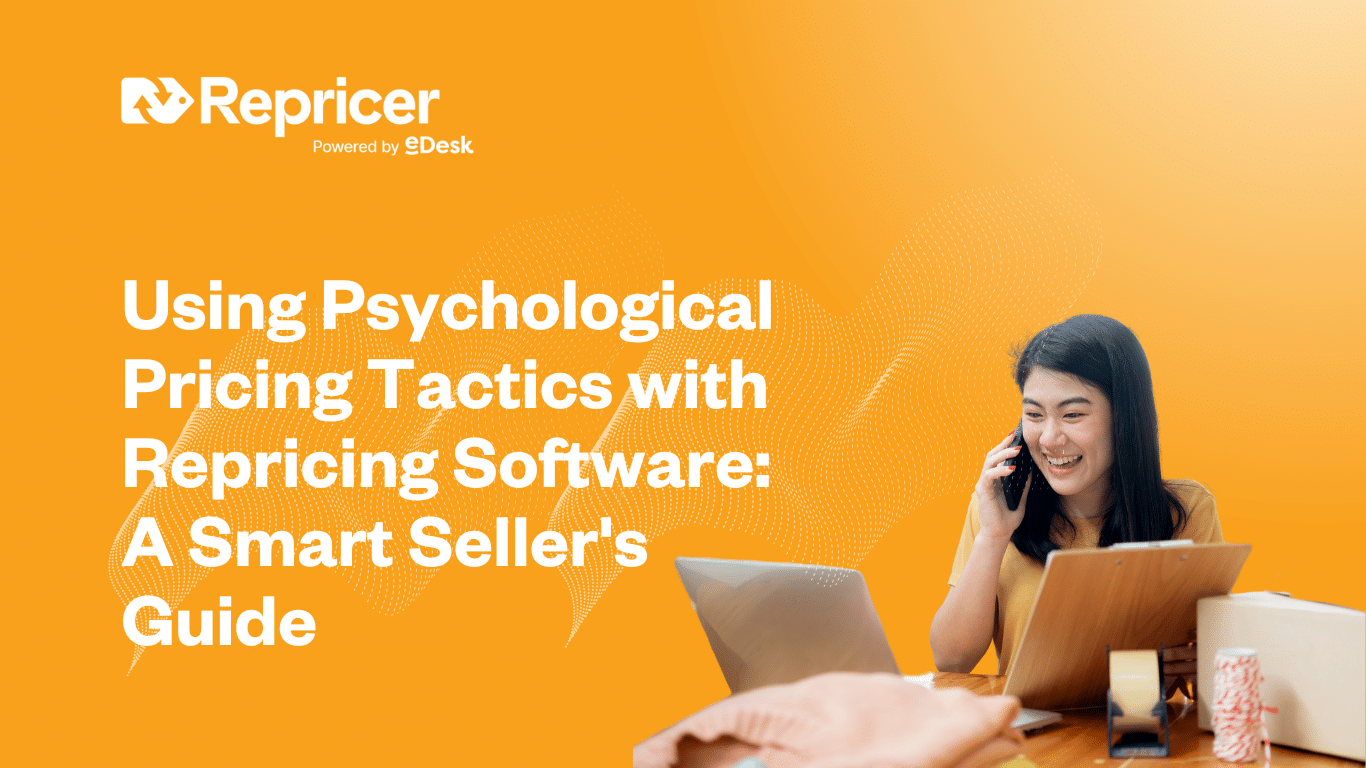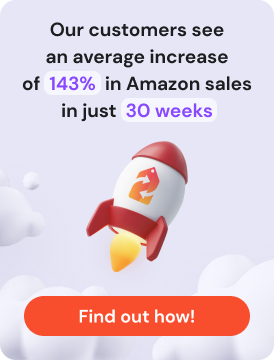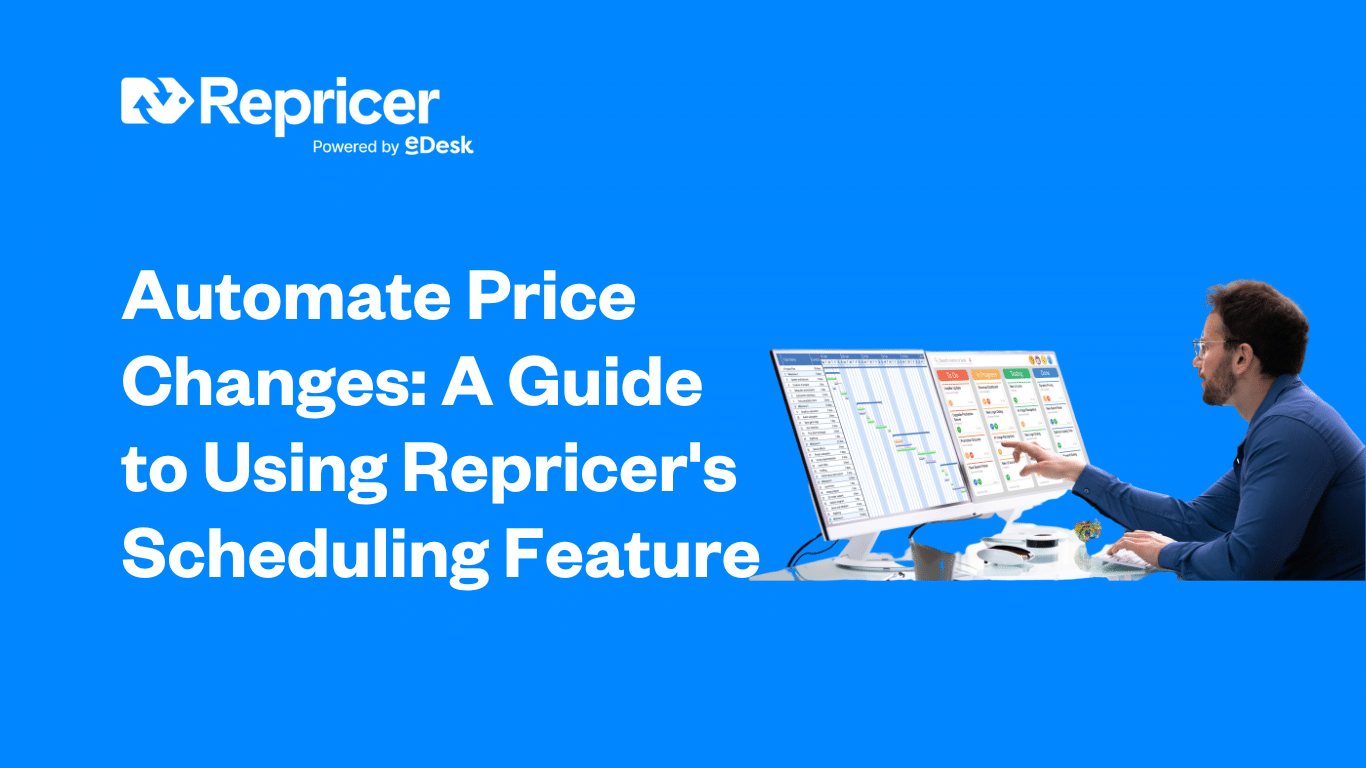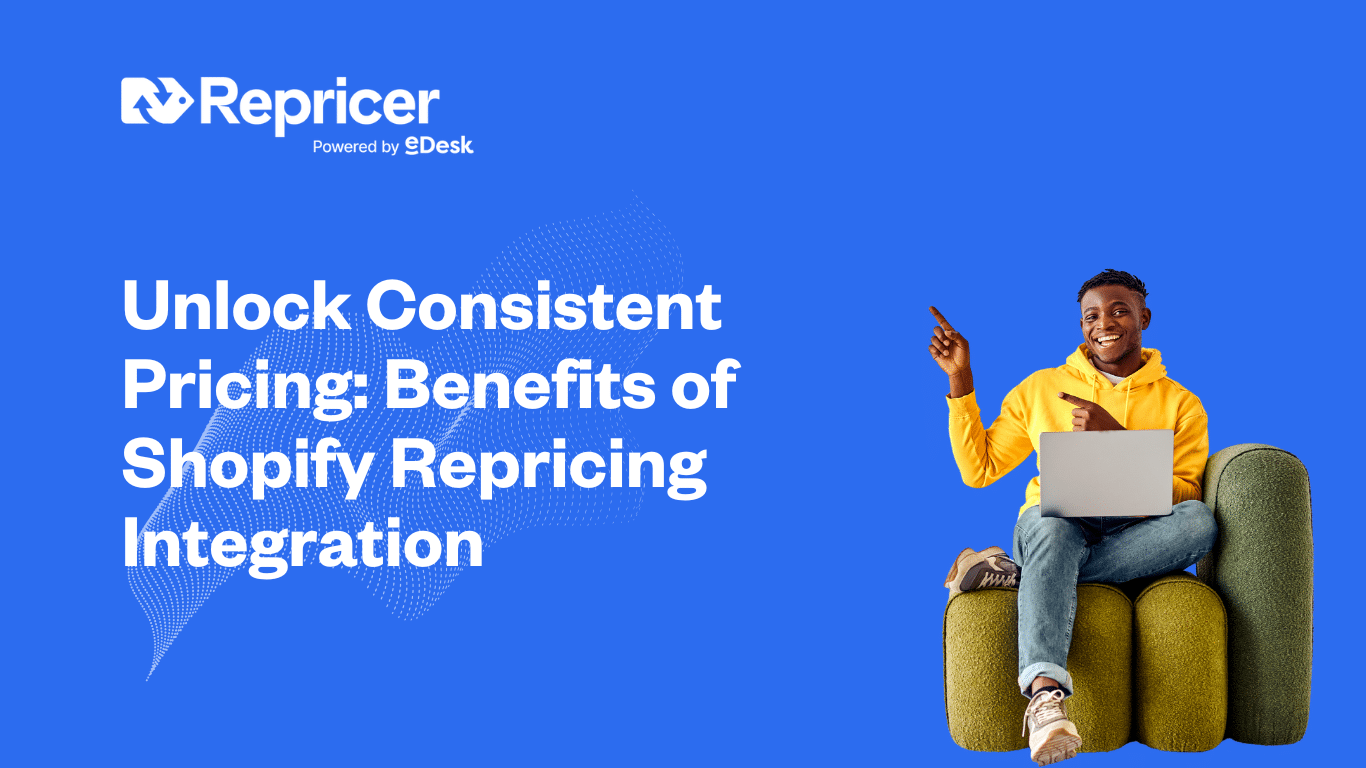Ever wondered why your customers gravitate toward that $9.99 price point instead of a clean $10? Or why certain pricing structures just feel more compelling? You’re witnessing psychological pricing in action—and when combined with smart repricing software, it becomes a powerful tool for maximizing both sales and profits.
In today’s competitive marketplace, successful sellers need more than just competitive prices; they need strategic prices that tap into buyer psychology while staying agile enough to respond to market changes. That’s where the marriage of psychological pricing tactics and automated repricing becomes game-changing.
Understanding Psychological Pricing in the Digital Age
Psychological pricing isn’t just marketing folklore—it’s backed by solid data. Research shows that charm pricing (ending prices in 9 or 99) can increase sales by at least 24%, with some studies reporting increases as high as 60%. William Poundstone’s analysis of eight different studies found that charm prices increased sales by an average of 24% versus their nearby « rounded » price points.
The science behind this effectiveness lies in how our brains process numbers. Price perception is heavily influenced by the left-digit bias, where consumers focus disproportionately on the first digit they see. This means $19.99 genuinely feels closer to $19 than $20 to many shoppers, even though the difference is just one cent.
For marketing-savvy sellers, understanding these psychological triggers is crucial. According to recent data, 67% of consumers have made an impulse purchase based solely on a special deal, coupon, or discount offer, demonstrating how powerful strategic pricing can be in driving purchasing decisions.
Key Psychological Pricing Tactics for Automated Implementation
Charm Pricing Automation
The most straightforward psychological pricing tactic to automate is charm pricing. Most repricing software can be configured with rules to ensure your prices end in specific digits—typically 9, 99, or 95. This is particularly effective because the left-digit bias subconsciously makes $1.99 appear closer to $1 to consumers.
When setting up charm pricing automation in your repricing tools, consider:
- Ending prices in .99 for impulse purchases
- Using .95 endings for premium positioning
- Avoiding round numbers unless you’re specifically targeting prestige pricing
Odd-Even Pricing Repricer Rules
Your repricing software can be programmed to maintain odd-even pricing patterns that align with your brand positioning. Odd numbers (like $19.97) create urgency and value perception, while even numbers ($20.00) suggest quality and luxury.
Smart repricing rules might include:
- Odd pricing for promotional items and high-volume products
- Even pricing for premium or luxury items
- Category-specific pricing patterns based on your target audience
Anchor Pricing Strategy Software
Price anchoring involves setting a reference point that makes other prices seem more reasonable. While this requires more sophisticated implementation, advanced repricing software can help maintain anchor relationships between products.
Consider these anchor pricing applications:
- Bundle pricing where individual item costs serve as anchors
- Tiered pricing structures with your mid-tier option as the « sweet spot »
- Premium product positioning to make standard offerings appear more valuable
Advanced Psychological Pricing Strategies
Tiered Pricing Strategy Implementation
Modern repricing software can manage complex tiered pricing structures that leverage the decoy pricing effect. Academic research by Dan Ariely demonstrated how adding a « decoy » option can significantly shift purchasing behavior—when students were given three subscription options, 84% chose the highest-priced option when a decoy was present, compared to only 32% when offered just two options.
Your repricing rules can maintain these psychological relationships by:
- Keeping price gaps between tiers psychologically significant
- Adjusting all tiers proportionally when market conditions change
- Ensuring your preferred option appears as the best value
Perceived Value Pricing Rules
Beyond simple price endpoints, sophisticated repricing software can factor in perceived value indicators. This might include adjusting prices based on:
- Customer review scores and ratings
- Inventory levels (scarcity pricing)
- Seasonal demand patterns
- Competitor positioning changes
The Limitations of Pure Automation
While repricing software has become incredibly sophisticated, it’s important to acknowledge where automation falls short of complex psychological pricing strategies.
What Automation Handles Well
Repricing software excels at:
- Maintaining consistent price endings across thousands of SKUs
- Responding to competitor price changes while preserving psychological pricing patterns
- Implementing rule-based psychological pricing strategies
- Scaling psychological pricing tactics across large inventories
Where Manual Strategy Still Matters
Some psychological pricing tactics require human insight:
- Complex bundle strategies that need market understanding
- Seasonal psychological positioning that requires cultural awareness
- Brand-specific prestige pricing that depends on the positioning strategy
- Emotional pricing decisions during crisis or opportunity moments
Studies show that sellers using automated repricing see an average 64% increase in weekly sales within the first week, growing to 143% over six months. However, the most successful sellers combine this automation with strategic manual adjustments.
Implementing Hybrid Psychological Pricing Strategies
Rule-Based Foundation
Start with solid automated rules that handle the majority of your psychological pricing needs:
- Set default price endings for different product categories
- Create margin-protection rules that maintain psychological appeal
- Establish competitor response patterns that preserve your pricing psychology
Strategic Manual Overrides
Reserve manual intervention for high-impact situations:
- Key product launches where psychological positioning is crucial
- Competitive responses that require a nuanced psychological strategy
- Market disruptions where standard rules might not apply
- Seasonal positioning that needs cultural sensitivity
Performance Monitoring
Data shows that customers using advanced repricing software increase their Buy Box ownership by an average of 63% in their first two weeks. Track these metrics to refine your psychological pricing approach:
- Conversion rate changes across price ending variations
- Customer acquisition costs by pricing strategy
- Profit margin preservation during competitive periods
- Long-term customer value by pricing approach
Behavioral Economics eCommerce Applications
Understanding the broader context of behavioral economics in eCommerce helps optimize your psychological pricing implementation. The $9.99 pricing effect works because it exploits predictable irrationality in how we process information.
Consider these behavioral economics principles in your repricing strategy:
- Loss aversion: Customers fear losing value more than they enjoy gaining it
- Social proof: Pricing that aligns with market expectations feels « right »
- Cognitive ease: Simple, familiar pricing patterns reduce purchase friction
- Anchoring effects: First impressions of price strongly influence value perception
Future-Proofing Your Psychological Pricing Strategy
As artificial intelligence and machine learning become more sophisticated in repricing software, we’re seeing exciting developments:
- Predictive psychological pricing that anticipates customer behavior
- Dynamic anchor adjustment based on real-time market psychology
- Personalized pricing psychology that adapts to individual customer segments
- Cross-platform psychological consistency across multiple sales channels
The key is building a strategy that leverages automation for efficiency while maintaining the human insight needed for complex psychological positioning.
Taking Action: Your Next Steps
Ready to implement psychological pricing with your repricing software? Here’s your action plan:
- Audit your current pricing patterns—identify opportunities for psychological optimization
- Configure basic charm pricing rules in your repricing software
- Test anchor pricing strategies on key product categories
- Set up monitoring systems to track psychological pricing performance
- Plan manual override protocols for strategic pricing decisions
Remember, the most effective psychological pricing strategies combine the speed and consistency of automation with the insight and creativity of human strategy. How to Use Pricing Psychology provides foundational knowledge, while implementing these tactics through sophisticated Repricer Features gives you the competitive edge you need.
The intersection of psychology and technology in pricing represents one of the most powerful tools available to modern sellers. By understanding both the science behind customer behavior and the capabilities of current repricing software, you can create pricing strategies that not only compete but truly influence purchasing decisions in your favor.
For sellers ready to dive deeper into strategic pricing implementation, exploring comprehensive Repricing Strategies and staying current with market Insights will help you maintain your competitive advantage in an increasingly sophisticated marketplace.




